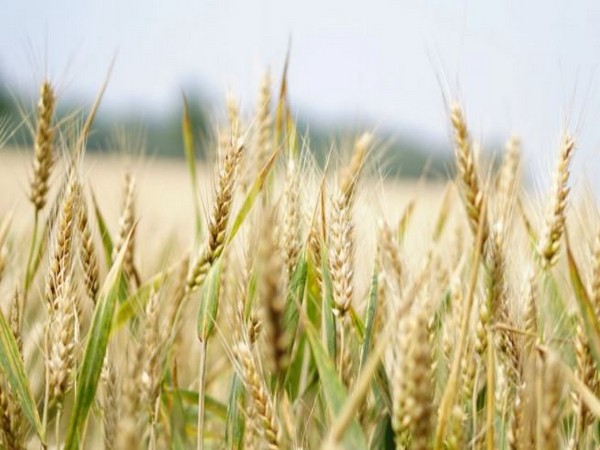India to offer 2 mln T more wheat to cool prices
The allocation, on top of 3 million tonnes announced last month, could help in dampening local prices, which are ruling above the government-fixed buying price of 21,250 rupees ($256.77) per tonne and lifted retail inflation in January. India, also the world's second-biggest consumer of wheat, banned exports in May 2022 after a sharp, sudden rise in temperatures clipped output, even as export demand picked up to meet the global shortfall triggered by the Russia-Ukraine conflict.

- Country:
- India
India will provide an additional 2 million tonnes of wheat to bulk consumers such as flour millers, as part of efforts to lower prices, which jumped to a record high last month, the government said on Tuesday. The allocation, on top of the 3 million tonnes announced last month, could help in dampening local prices, which are ruling above the government-fixed buying price of 21,250 rupees ($256.77) per tonne and lifted retail inflation in January.
India, also the world's second-biggest consumer of wheat, banned exports in May 2022 after a sharp, sudden rise in temperatures clipped output, even as export demand picked up to meet the global shortfall triggered by the Russia-Ukraine conflict. Wheat prices have corrected nearly a quarter since the government last month announced the release of stocks in the open market.
The government has been trying to bring down prices further near the floor price to ensure it can buy ample quantity from farmers in the new season, said a New-Delhi-based dealer with a global trading firm. "Farmers will not sell to the government if open market prices remain above government buying price," the dealer said.
Last year, state purchases of wheat fell by 53% to 18.8 million tonnes, as open market prices rose above the rate at which the government buys the staple from domestic farmers. The country grows only one wheat crop in a year, with planting in October and November and harvesting from March.
Wheat growing in north-western states has been witnessing a sudden rise in the temperature, which could curtail wheat output like last year, said a Mumbai-based dealer. Maximum temperatures in some states this week jumped to 39 degrees Celsius, which is up to 9 degrees Celsius above normal, India Meteorological Department (IMD) said in a statement on Monday.
(This story has not been edited by Devdiscourse staff and is auto-generated from a syndicated feed.)










